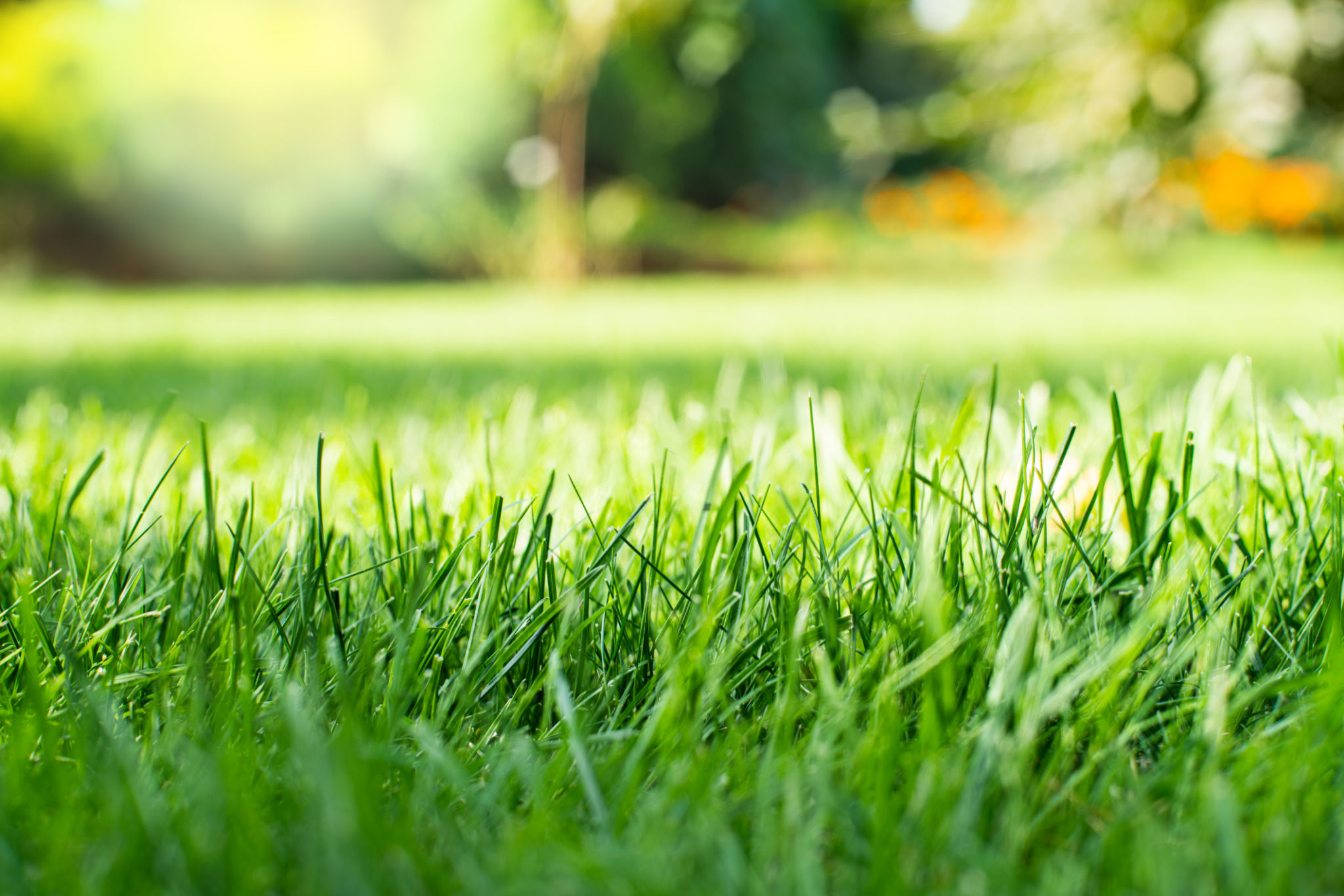How to Maintain a Lush Lawn: Step-by-Step Guide from WestRock Experts
MP
Understanding Your Lawn's Needs
A lush, green lawn is the pride of any homeowner, but achieving it requires understanding the specific needs of your grass. Different grass types have varying requirements, so it's crucial to identify the kind of grass in your lawn. This knowledge will inform your maintenance strategy, from watering to fertilizing.

Soil Testing and Preparation
Before diving into lawn care, start with a soil test. This will help you understand the pH levels and nutrient composition of your soil. Based on the results, you may need to amend the soil with lime or sulfur to balance the pH or add nutrients to enhance fertility. Proper soil preparation sets the foundation for a thriving lawn.
Watering Techniques
Watering is a critical aspect of lawn maintenance. The goal is to water deeply but infrequently. This encourages the grass roots to grow deeper into the soil, making them more drought-resistant. Aim to water early in the morning to minimize evaporation and fungal growth.

Fertilizing for Growth
Fertilizing provides essential nutrients that your lawn needs to grow. Use a balanced, slow-release fertilizer and apply it according to the specific needs of your grass type. Be cautious not to over-fertilize, as this can lead to excessive growth and even damage the lawn.
Mowing Best Practices
Regular mowing is vital for maintaining a neat appearance and promoting healthy growth. Keep your mower blades sharp to avoid tearing the grass, which can lead to disease. Follow the one-third rule: never cut more than one-third of the grass height at a time.

Aeration and Dethatching
Aeration involves perforating the soil to allow air, water, and nutrients to penetrate the grass roots. This process is especially beneficial in compacted soils. Dethatching, on the other hand, removes the layer of dead grass and debris that can suffocate your lawn. Both practices should be done annually for optimal results.
Weed and Pest Control
Weeds and pests can quickly undermine your efforts to maintain a lush lawn. Implement a regular weed control program and use natural or chemical treatments as necessary. For pests, monitor your lawn closely and use environmentally friendly solutions whenever possible.

Seasonal Care
Your lawn's needs will change with the seasons. In spring, focus on fertilizing and repairing any winter damage. Summer requires vigilant watering and mowing, while fall is the time for aeration and overseeding. Adjust your care routine to match the seasonal demands of your lawn.
By following these expert tips from WestRock, you can enjoy a lush, thriving lawn year-round. Remember, consistency is key, so develop a regular maintenance schedule to keep your lawn looking its best.
